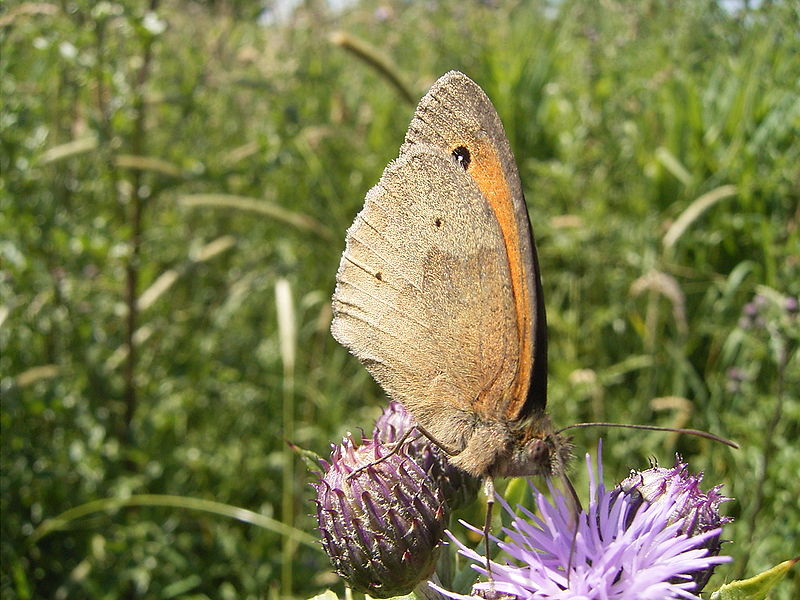Another study was published recently in Ecology that sought to tease out and analyze environmental factors (the other regarded deforestation and albedo), this time with a concentration on species diversity, specifically different native butterfly populations in Britain.
The butterflies were split into two main groups:
...habitat specialists, occupying one or a few localized habitats; [and] habitat generalists, occupying widespread and/or many habitats...
The researchers studied three factors affecting butterfly diversity: the direct and indirect (trophic cascade) effects of climate, host-plant richness and habitat diversity. These factors have been studied before, but not in the same capacity; this time around, the researchers used different statistical methods to compartmentalize and find links between them.
Why? Prediction, prediction, prediction.
Climate turned out to be the greatest contributing factor in species diversity, though in differing degrees for each group. The generalist butterflies were three times as susceptible to changes in climate than the other factors. Climate change will almost certainly set new parameters for these species.
The specialists, on the other hand, seemed to be more or less equally affected by all three factors, making any sort of future predictions based on climate or habitat or trophic factors difficult. The specialist butterflies could benefit most from this sort of prediction; their confined habitat requirements are putting many populations at risk.
New Ecology came out this week. I'll have to do some browsing tomorrow (FSU has a subscription; unfortunately, I don't).

I haven't read the study but admit I am surprised. Usually I think of generalists as being more able to adjust (or even adapt) to change. I'll have to read more before commenting.